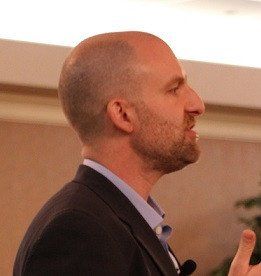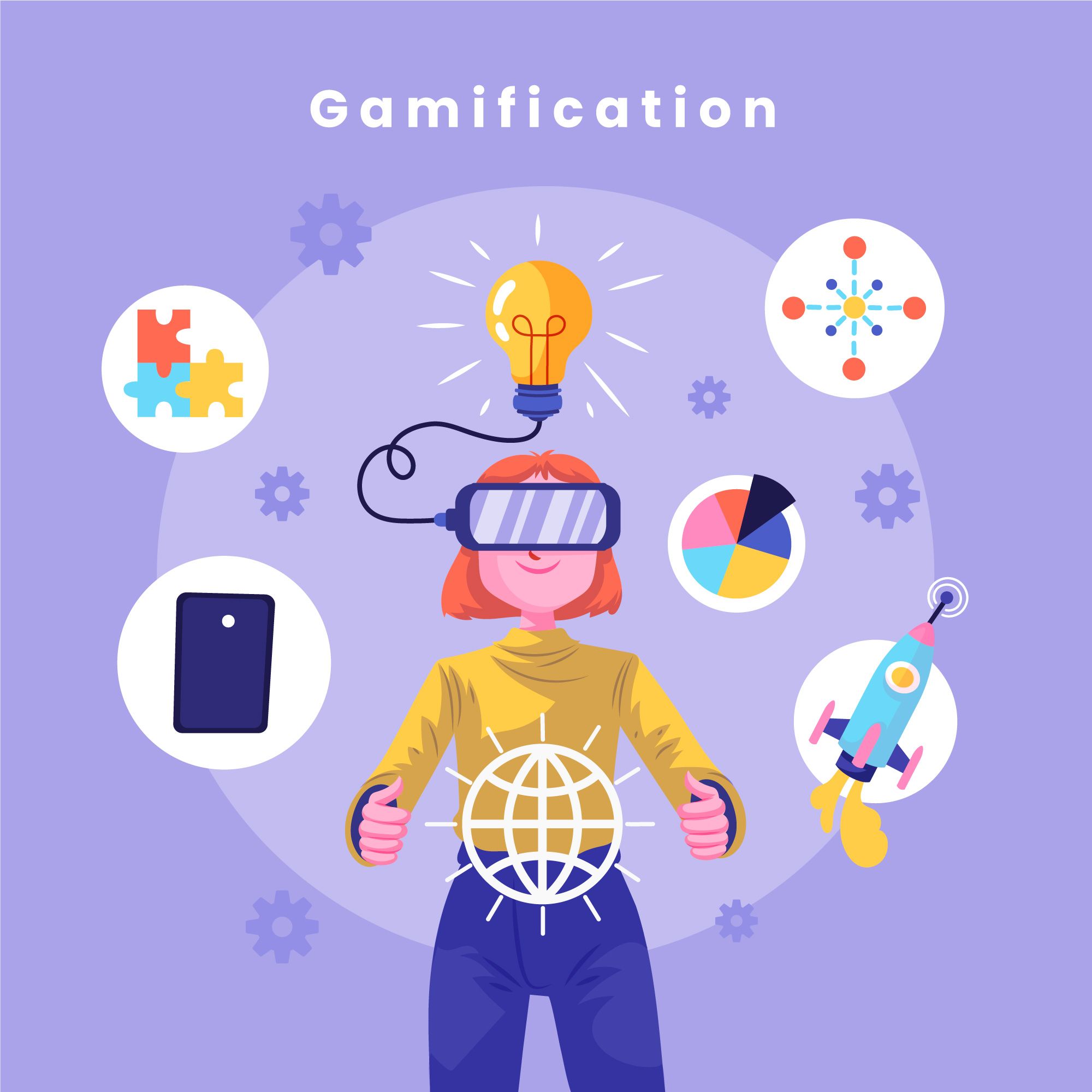Upskilling For High Impact HR

The role of human resources (HR) has changed drastically in recent years from administrator and policy enforcer to strategic business partner.
Today, chief executive officers see HR strategy as a key piece to enabling business sustainability and growth.
Business leaders have higher expectations of HR professionals to be true experts on workforce trends, employee data, and translating business strategies into high impact people initiatives.
The Global Human Capital Trends 2014 report by Deloitte Consulting shows 42% of global companies report that the impact of HR operations on organisational success is “weak” and 85% of global companies believe they must “transform HR to meet new business priorities”.

Even while transforming HR, many organisations fail to retrain the HR professionals to enable them to execute more strategic and sophisticated HR operating models.
Misalignment of business and HR goals
While most HR organisations feel confident in their traditional operational and transactional roles (e.g. recruiting, performance management, and compensation planning), they lack confidence in addressing the more complex areas of talent management, business change, analytics, and globalisation.
Today, HR is being measured by its ability to strategically manage talent in a way that aligns with specific business goals.
Unfortunately, a chasm between HR and “core business” still exists and performance indicators for HR are rarely aligned to overall organisational goals nor are “HR goals” included in line with manager KPIs (key performance indicators).
There are a number of unintended consequences resulting from underskilled HR professionals:
- Internal customers fail to adopt appropriate HR processes (e.g. HR shared services).
- Loss of credibility as trusted adviser or strategic partner within the business.
- Conflicts within the HR organisation as to who should engage with a client group on specific topics.
- Low internal customer satisfaction with HR programmes stemming from an inability to understand and customise solutions for business needs.
Deloitte’s Global Human Capital Trends 2014: South-East Asia report found that “Reskilling the HR function” was the biggest HR readiness gap for South-East Asian respondents.
Only 30% of respondents felt their HR function has the skills needed to meet the needs of today’s business environment and 48% listed it as a key challenge.
The report explains that a large proportion of South-East Asian companies have been either family owned or government linked.
As such, many of the strategic “people decisions” were made at the family, government, or business level, thus leaving HR to only focus on tactical operations.
As businesses in South-East Asia today compete on a global scale, leaders expect local HR professionals to level up to their peers from other multinational companies.
Even while organisations work to restructure and transform their HR function, most have not placed the time and investment into redefining the competency model for HR professionals and upskilling talent for these redefined roles.
The most common reason for this problem is, “we don’t have the time and resources to spend on HR’s needs.”
The many hats of HR professionals
Acting as an internal managing consultant, HR professionals take on multiple roles including employee advocate, business ally, talent manager, change facilitator, and implementation leader.
Researchers Choi Sang Long and Wan Khairuzzaman Wan Ismail from Universiti Teknologi Malaysia surveyed (study published in 2010) HR professionals using HR guru Dave Ulrich’s “Four Roles” model of HR:
- Strategic partner
- Administrative expert
- Employee champion, and
- Change agent.
They found that HR professionals are still especially weak in the roles of strategic partner and change agent.
Relatedly, Deloitte’s research found that HR’s ability to be a consultative trusted advisor to business was the most critical factor in HR effectiveness. These findings clearly point to a critical need for Malaysia’s HR to upskill in key areas.
Upskilling as “strategic partners” and “change agents” sounds good, but what does it really mean in terms of new skills and behaviours?
HR as strategic partner
Being a strategic partner (and the corollary trusted adviser) requires HR to become much more skilled in business acumen and analytics.
Many HR professionals locally implement programmes based on “best practices” from aspirational companies like Google, Apple, or Facebook without really thinking through the relevance and business case for the practice within their own company.
HR professionals today must, at the very least, be able to accurately measure and interpret basic HR data like turnover, absenteeism, time to hire, employee demographics, compensation, and other foundational data.
To become a true strategic partner, HR must be able to marry these basic HR data to business results.
For example, HR should be able to advise line management on the cost of turnover by calculating average daily productivity per employee times the average number of days it takes to fill a vacancy once an employee quits.
This simple analysis can be used to demonstrate the cost effectiveness of retaining employees over lost productivity. Unfortunately, most HR practitioners today do not have a handle even on the most basic HR metrics.
HR as change agent
The ability to transform HR into a change agent depends on the credibility HR creates first as a strategic partner.
The transformation goes beyond simply understanding and managing change to boldly demanding that business takes notice of the hard data and pointing to opportunities to unlock business value through HR programmes.
HR leaders need to take risks by holding themselves accountable for business results and also demanding that line management take accountability for their part in high impact HR programmes.
For example, once a business case has been made and accepted for managers to mentor junior staff (e.g. to reduce turnover and accelerate leader readiness resulting in sustainable business growth), those managers should be held accountable for following through just like any other business critical KPI.
To build credibility and relevance, HR needs to get out of the HR department and learn more about the business.
Ulrich recommends that HR leaders get out and accompany sales and operations leaders in client meetings to learn more about the company’s value proposition, key differentiators, and challenges.
He suggests simply telling clients that they are so important that HR wants to ensure that their policies and programmes facilitate employees to delivering better.
Most HR practitioners today are too fearful to even suggest talking with external clients. Clearly, building credibility and boldness is required to truly become a high impact HR professional.
In 2014, TalentCorp Malaysia launched its support of five HR certification programmes, saying:
“In order to attract, develop, retain the top talent required for Malaysia to reach her ambition of a developed economy by 2020, it is imperative that we raise the bar of the HR profession to improve the workplace practices and talent management initiatives in their organisations.”
This programme is a huge step in the right direction. However, this is only a first step as these certifications cover only the foundational essentials of HR content knowledge.
The critical areas of business acumen, analytics, and consultative skills are outside the scope of these entry level HR certifications.
Business leaders are clearly demanding that HR professionals upskill and engage in high impact HR.
The chief human resources officer should play the role of championing the HR team’s transformation from service provider to business consultant.
Critical starting points include:
- Investing in HR professional development.Benchmarks show that average HR teams spend around US$500 (RM1,800) on training, development, research, and tools.
High-impact HR teams spend between two and five times as much! HR oriented, off-the-shelf training programmes will not address the most critical needs. - Elevate and deepen the business partner role.High impact HR professionals include highly trained expert HR business partners, networks of deep HR specialists, all supported by HR service centres for transactional work.
- Focus on the highest impact critical skills.Business acumen, analytics, and consultative skills are the most important areas to focus in the near term.
Reskilling for high-impact HR is not about training and certification in traditional HR skills but rather about tying HR to business impact through business acumen, analytic insights, and change leadership. - Conduct self-assessments.Clearly define roles and honestly benchmark skills and effectiveness against like companies. Where is your team strong and where is it weak?
- Deploy against business goals.Consider HR to be an internal consulting organisation and deploy your best HR talent against the business’s most pressing needs.
Cross pollinate HR with business professionals and pair them with strong content experts to cross train and upskill both.
- Improve measurement for HR.Measure HR based on talent metrics (quality of hire, retention) and related business results (lower expenses, improved revenue) so that HR is more responsible for outcomes.
Likewise, cascade talent goals (holding performance conversations, mentoring, recruiting referrals) to business leaders so they share responsibility for people practices which drive business performance.
Conclusion
While businesses across Asean are poised for growth, a key limiting factor is the scarcity of skilled talent. Organisations that can better manage talent will see their effectiveness, market value, and reputation improve.
Unfortunately, most HR teams are not up to the job to drive performance in leadership development, workforce planning, analytics, and business insights. Upskilling HR is critical to business sustainability and future growth.
Related article: Can You Afford Not To Upskill Your HR Team?
For more HR Talk articles, click here.
Published in English daily The Star, Malaysia, 4 April 2015
Functional
Tags: HR, Business Management





